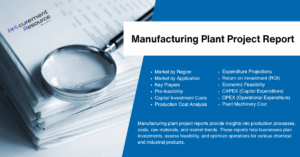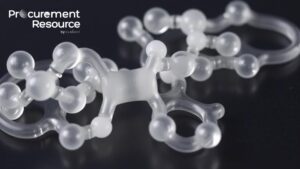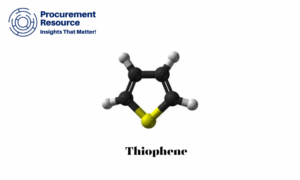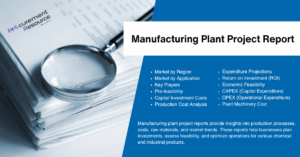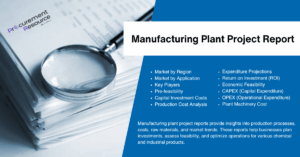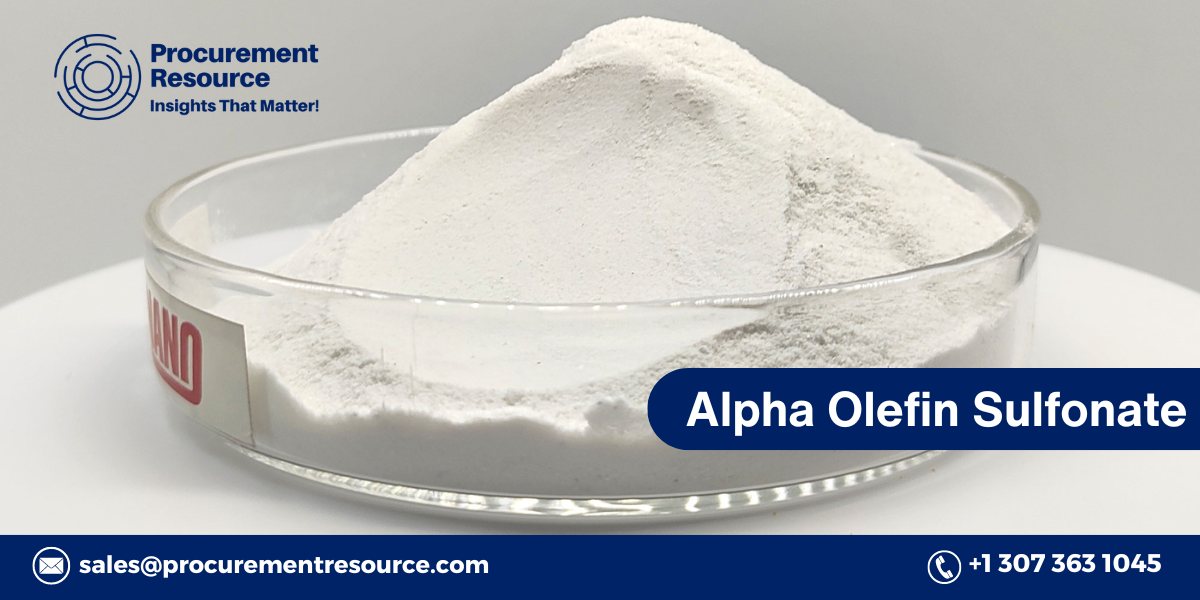
Alpha Olefin Sulfonate Production Process
Alpha Olefin Sulfonates (AOS) are a crucial type of anionic surfactant extensively used across various industries, especially in the manufacturing of detergents, personal care products, and industrial cleaning agents. Praised for their exceptional foaming capabilities, strong detergency, and gentle effects on the skin, AOS have become a favored component in many formulations. As the demand for effective and eco-friendly surfactants continues to rise, a thorough understanding of the production costs associated with Alpha Olefin Sulfonate production process is vital for manufacturers and other stakeholders within the chemical industry.
This article delves into the various factors that influence the production costs of Alpha Olefin Sulfonates, outlines the processes involved in their production, and discusses the future outlook for this essential surfactant.
Overview of Alpha Olefin Sulfonates
Chemical Structure and Characteristics Alpha Olefin Sulfonates are produced through the sulfonation of alpha-olefins, which are linear hydrocarbons characterized by a double bond between the first and second carbon atoms in the chain. The general molecular formula for alpha-olefins is CnH2n, where n typically ranges between 10 and 20. The sulfonation process introduces a sulfonate group (-SO3) into the molecule, resulting in a surfactant that effectively reduces surface tension between liquids. AOS are highly regarded for their excellent solubility in water, robust foaming ability, and resistance to hard water. These properties make them ideal for a wide range of applications, including liquid and powdered detergents, shampoos, body washes, and industrial cleaning products. Request For Free Sample: https://www.procurementresource.com/production-cost-report-store/alpha-olefin-sulfonate/request-sampleFactors Influencing the Production Costs of Alpha Olefin Sulfonates
Several factors play a critical role in determining the cost of producing Alpha Olefin Sulfonates, including the prices of raw materials, energy consumption, labor, processing technologies, and regulatory compliance. A comprehensive understanding of these factors is essential for manufacturers seeking to optimize production and manage costs effectively. 1. Raw Material Costs The primary raw materials required for the production of Alpha Olefin Sulfonates are alpha-olefins and sulfur trioxide (SO3), both of which significantly impact the overall production cost.- Alpha-Olefins: Alpha-olefins are derived from the cracking of hydrocarbons, particularly ethylene. The cost of alpha-olefins is closely linked to the price of crude oil and natural gas, which are the primary feedstocks for ethylene production. Fluctuations in crude oil prices, driven by global supply and demand dynamics, geopolitical tensions, and market conditions, can have a direct impact on the cost of alpha-olefins.
- Sulfur Trioxide (SO3): Sulfur trioxide is produced by oxidizing sulfur dioxide (SO2), which is obtained from elemental sulfur or the roasting of sulfide ores. The cost of sulfur trioxide is influenced by the availability of sulfur, production capacity, and environmental regulations related to sulfur emissions.
- Sulfonation Process: The sulfonation of alpha-olefins with sulfur trioxide is an exothermic reaction that requires precise temperature control to ensure the desired product quality. This process consumes significant amounts of energy, particularly for heating and cooling operations.
- Neutralization: After the sulfonation process, the resulting product is typically neutralized with an alkali, such as sodium hydroxide (NaOH), to form the sodium salt of AOS. This process also demands energy, primarily for mixing and maintaining the necessary reaction temperature.
- Drying and Finishing: The final step in AOS production usually involves drying the product to achieve the desired moisture content and particle size. Drying is an energy-intensive operation that can have a substantial impact on production costs, especially in large-scale manufacturing.
- Skilled Labor: The production of AOS requires skilled workers who possess expertise in chemical processes, equipment operation, and quality control. The cost of employing such skilled labor can vary significantly depending on the region and the level of expertise required.
- Automation: The level of automation in the production process also impacts labor costs. Highly automated processes generally require fewer operators, though the initial investment in automation technology can be substantial.
- Sulfonation: The sulfonation process involves reacting alpha-olefins with sulfur trioxide to form sulfonic acid. This process requires precise control over reaction conditions, including temperature, pressure, and reactant concentrations, to achieve the desired product quality and yield.
- Neutralization: Following sulfonation, the sulfonic acid is neutralized with an alkali to form the sodium salt of AOS. The choice of neutralizing agent and the efficiency of the neutralization process can significantly impact the overall production cost.
- Drying and Finishing: The final product is typically dried to remove excess moisture and achieve the desired particle size. This step may involve spray drying, drum drying, or other drying techniques, each with its own cost implications.
- Raw Material Transport: The cost of transporting raw materials to the production facility can vary depending on the distance and the mode of transport used. For example, transporting raw materials by sea is generally more cost-effective than air transport, though it may involve longer lead times.
- Product Distribution: The cost of distributing the final product to customers can also be significant, particularly for international shipments. Transportation costs are influenced by factors such as fuel prices, shipping distances, and logistics infrastructure.
- Packaging: The cost of packaging, including containers, labels, and protective materials, also contributes to the overall production cost. Packaging must be durable enough to protect the product during transportation and meet any regulatory requirements for labeling and safety.
- Environmental Regulations: Manufacturers must comply with environmental regulations related to emissions, waste management, and resource use. Compliance may require additional investments in pollution control technologies, waste disposal systems, and energy-efficient processes.
- Health and Safety Standards: The production facility must meet health and safety standards to protect workers and ensure the safe handling of chemicals. This may involve implementing safety protocols, providing protective equipment, and conducting regular safety audits.
- Product Safety and Quality: For applications in consumer products, Alpha Olefin Sulfonates must meet stringent quality standards and regulatory requirements. This may involve extensive testing and documentation to demonstrate product safety and efficacy.
Production Process of Alpha Olefin Sulfonates
The production of Alpha Olefin Sulfonates involves several critical steps, each of which plays a vital role in determining the efficiency and cost of the process. 1. Sulfonation The sulfonation of alpha-olefins with sulfur trioxide is the initial step in producing Alpha Olefin Sulfonates. This reaction typically takes place in a continuous reactor, where the alpha-olefin is combined with sulfur trioxide under controlled conditions.- Reaction Conditions: The sulfonation reaction is highly exothermic, meaning it releases a significant amount of heat. Controlling the reaction temperature is crucial to preventing the formation of by-products and ensuring the desired product quality. The reaction typically occurs at temperatures ranging from 40°C to 60°C, with careful monitoring of reactant concentrations and flow rates.
- Yield Optimization: To maximize yield, it is important to optimize the reaction conditions, including the molar ratio of alpha-olefin to sulfur trioxide, reaction temperature, and residence time. By fine-tuning these parameters, manufacturers can minimize waste and enhance the overall efficiency of the process.



